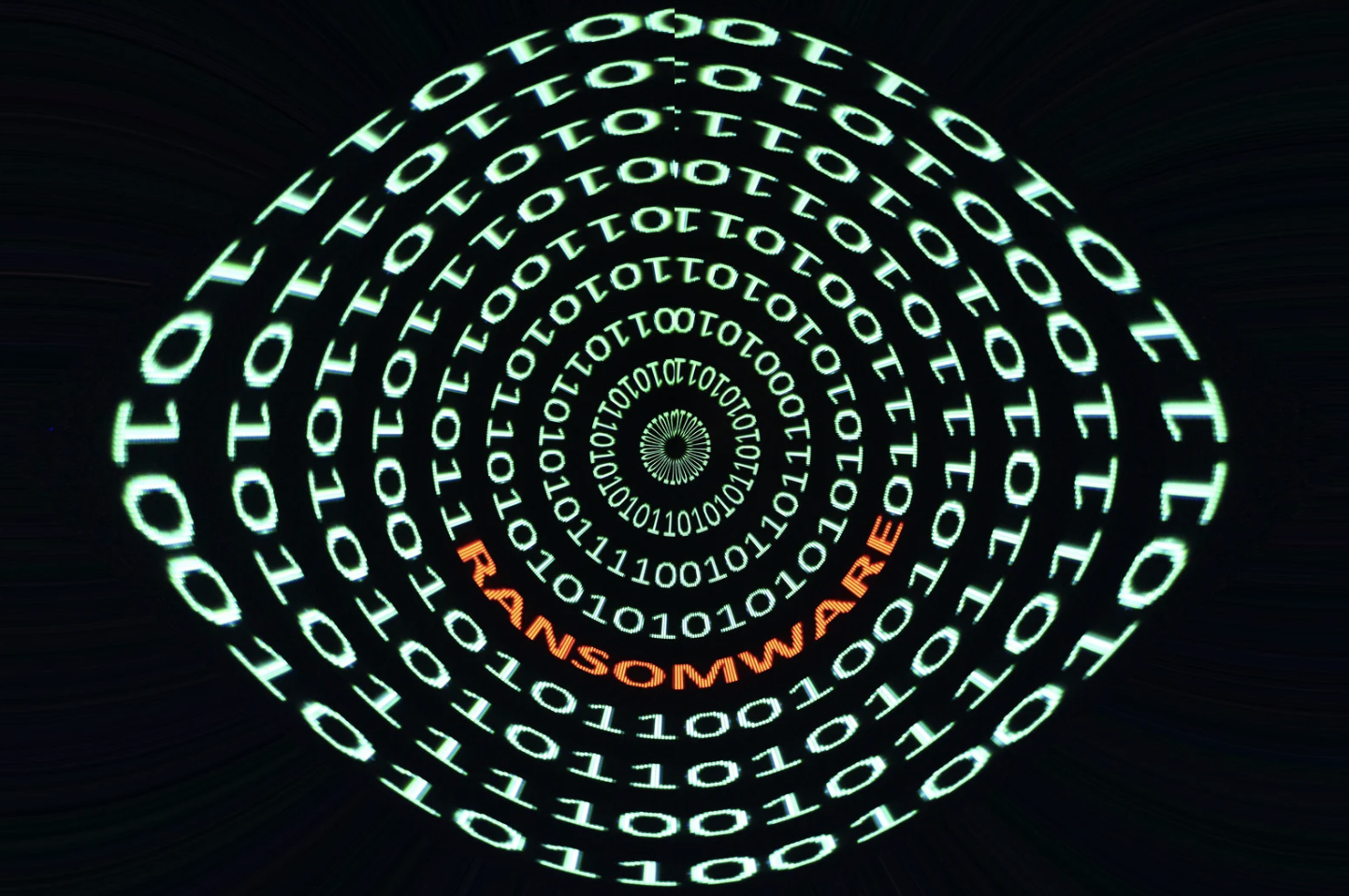Ransomware is no longer just a big-business problem. Cybercriminals increasingly turn their attention to small and mid-sized businesses (SMBs)—not with million-dollar extortion demands, but with modest ransoms specifically designed to be affordable enough to pay quickly. These “micro-ransom attacks” are proving both profitable and difficult to detect, creating an urgent cybersecurity threat for SMBs and their partners.
Why Smaller Ransoms Work
Unlike headline-grabbing attacks that paralyze multinationals, these lower-demand ransomware campaigns typically request between $5,000 and $50,000—amounts that may seem “small”. However, they can still be devastating to a business without proper defenses or recovery plans. The logic behind these smaller sums is simple: criminals know SMBs are more likely to pay quickly to avoid extended downtime or costly forensic investigations. In many cases, these organizations have no cybersecurity protocols, no dedicated IT staff, and no clear plan for ransomware response.
Real-World Incidents Are on the Rise
A surge in ransomware activity across 2024 and early 2025 supports an increase in micro-ransom attacks. Phobos ransomware is one specific threat to small and mid-sized businesses. It has affected over 1,000 victims over the last 5 years while raking in millions in ransoms. While Phobos often demands relatively modest amounts (sometimes as little as a few thousand dollars), its RaaS model allows it to scale through hundreds of attacks early in the kill chain, particularly against organizations with exposed RDP ports and poor password hygiene.
Other incidents show how even “lower-value” ransoms can cripple small firms. Even SMBs that pay the ransom don’t always recover. Germany-based Einhaus Group, a small electronics insurer, paid a ransom of about $230,000 after an attack by the Royal ransomware gang. Although the ransom was lower than typical corporate demands, Einhaus was unable to recover fully and eventually entered insolvency. The company laid off over 90% of its staff.
In another example, July 2025 saw the SafePay ransomware group breach IT distribution giant Ingram Micro, claiming to steal 3.5TB of sensitive data with threats to leak it publicly. While Ingram is a large firm, many SMB resellers, managed-service customers, and downstream partners depended on its services, and were severely impacted when access was cut off and trust was damaged.
Why Micro-Ransomware Is So Effective
What makes micro-ransom attacks so effective is their scalability. Ransomware-as-a-Service (Raas) models have made it easy for low-level cybercriminals to launch dozens of attacks in parallel, often with automation handling the encryption, ransom notes, and negotiation portals. Low demands mean less scrutiny from law enforcement and media, and a greater likelihood of payout, especially when victims feel isolated and ill-equipped to fight back.
What SMBs Can Do
To safeguard against this rising threat, SMBs should focus on the fundamentals:
- Patch regularly and close vulnerable remote access points like RDP.
- Use MFA across all user accounts.
- Maintain secure, offline backups and test your recovery process.
- Train employees on phishing and social engineering tactics.
- Consider hiring a managed security provider for monitoring and response.
LibertyID Business Solutions provides customer WISP protocols, advanced information security employee training, third-party vendor management tools, and post-breach regulatory response and notification services. This allows businesses to improve the safeguards surrounding their consumers’ private data and head toward a compliant posture in relation to the federal FTC and often overlooked state regulations. Along with the components mentioned, LibertyID Business Solutions includes our gold-standard identity fraud restoration management services for employees and their families.

